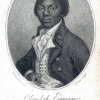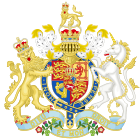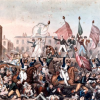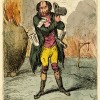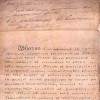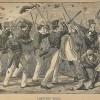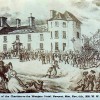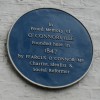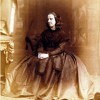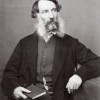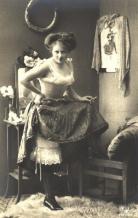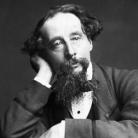First settlers depart for Sierra Leone
9 Apr 1787
 On 9 April 1787, 451 people set sail to establish a “Province of Freedom” in Africa, later to become Sierra Leone. Image: An illustration of liberated slaves arriving in Sierra Leone, from the 1835 book, A System of School Geography Chiefly Derived from Malte-Brun, by Samuel Griswold Goodrich. This image is in the public domain in the United States as its copyright has expired.
On 9 April 1787, 451 people set sail to establish a “Province of Freedom” in Africa, later to become Sierra Leone. Image: An illustration of liberated slaves arriving in Sierra Leone, from the 1835 book, A System of School Geography Chiefly Derived from Malte-Brun, by Samuel Griswold Goodrich. This image is in the public domain in the United States as its copyright has expired.
Articles
Isaac Land, “On the Foundings of Sierra Leone, 1787-1808″
Associated Places
Vasto, ItalySierra Leone

 This timeline is part of ENGL 202's build assignment. Research some aspect of the nineteenth century that teaches us something about race, class, or gender and sexuality and then contribute what you have learned to our shared class resource. As the assignment states, "Add one timeline element, one map element and one gallery image about race, class or gender/sex in the 19th century to our collective resources in COVE. Provide sufficient detail to explain the historical or cultural detail that you are presenting. Try to interlink the three objects." A few timeline elements have already been added (borrowing from
This timeline is part of ENGL 202's build assignment. Research some aspect of the nineteenth century that teaches us something about race, class, or gender and sexuality and then contribute what you have learned to our shared class resource. As the assignment states, "Add one timeline element, one map element and one gallery image about race, class or gender/sex in the 19th century to our collective resources in COVE. Provide sufficient detail to explain the historical or cultural detail that you are presenting. Try to interlink the three objects." A few timeline elements have already been added (borrowing from 